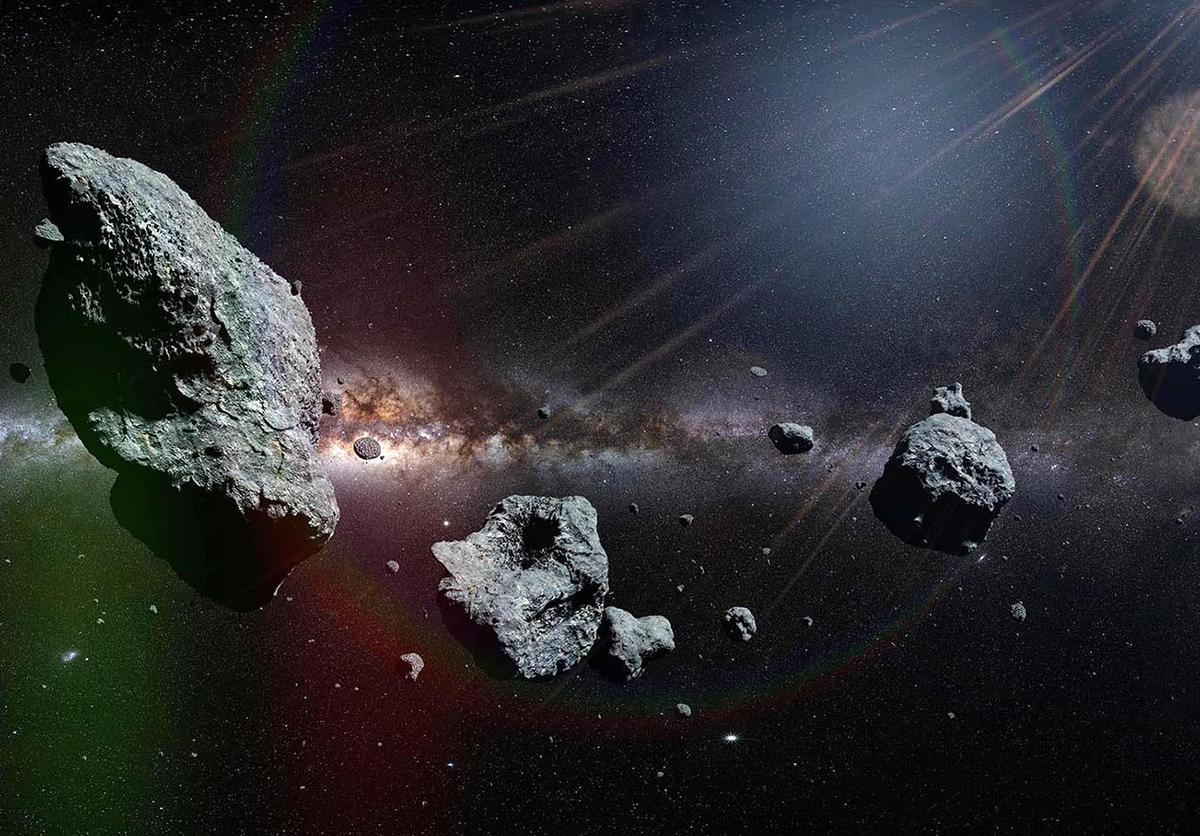Io, a moon in the Jovian system, is the most geologically active planetary body in the Solar System. Despite this high level of activity, experts believe that life on Io is highly unlikely due to its extreme temperatures and harsh conditions. However, some scientists still hold onto hope that Io may have microbial life forms.
Ceres, the largest asteroid in the Solar System, has been found to potentially harbor a subsurface ocean of water. While evidence for this discovery is weak, experts remain optimistic that Ceres could one day release salty water to its surface, which could potentially contain microbial life.
Titan, a moon of Saturn, is unique in that it has a complete cycle of liquid on its surface – hydrocarbons instead of water. This presents an exciting opportunity for Titan to support life forms beyond Earth.
Triton, another moon of Neptune, spins in the opposite direction of its host planet Neptune and releases heat from radioactive decay within itself. This heat keeps Triton’s mantle in a liquid state and opens up the possibility of life existing on this moon as well.
Enceladus, a moon orbiting Saturn, may contain an underground ocean of water beneath its icy shell. Additionally, Enceladus regularly releases plumes containing saltwater and organic molecules into space due to geysers at its south pole. This suggests that there may be some form of life existing within Enceladus’ subsurface oceanic environment.


